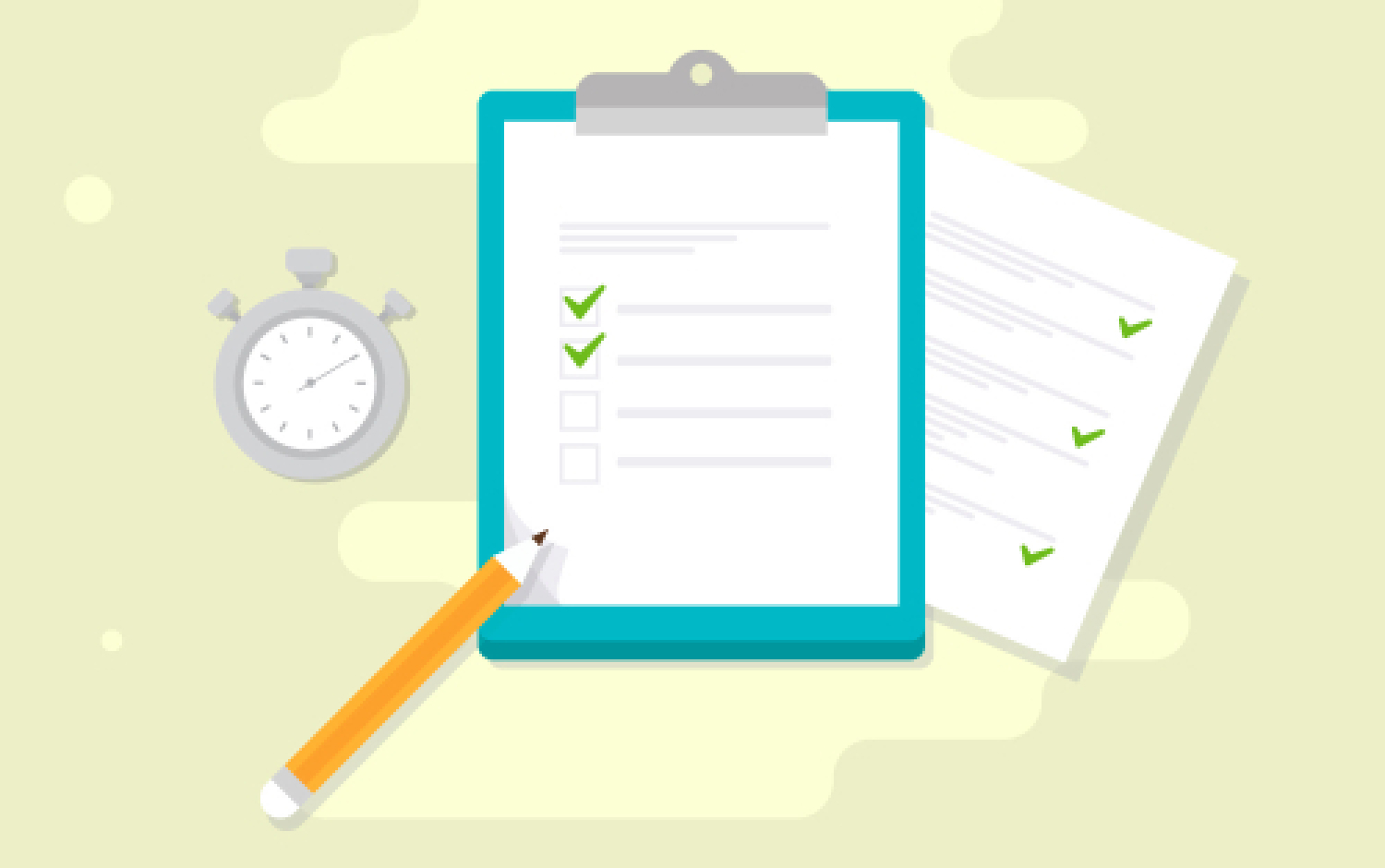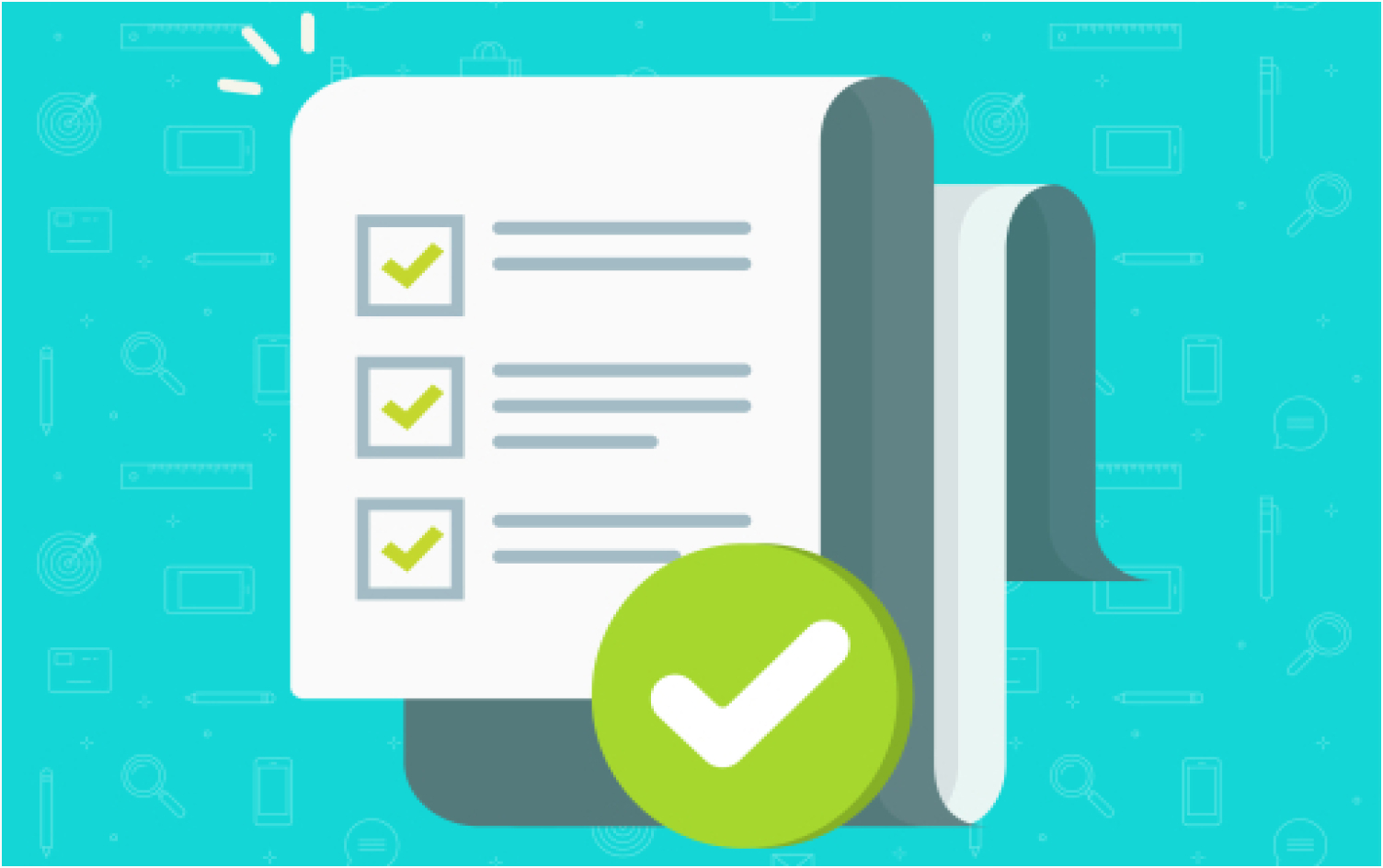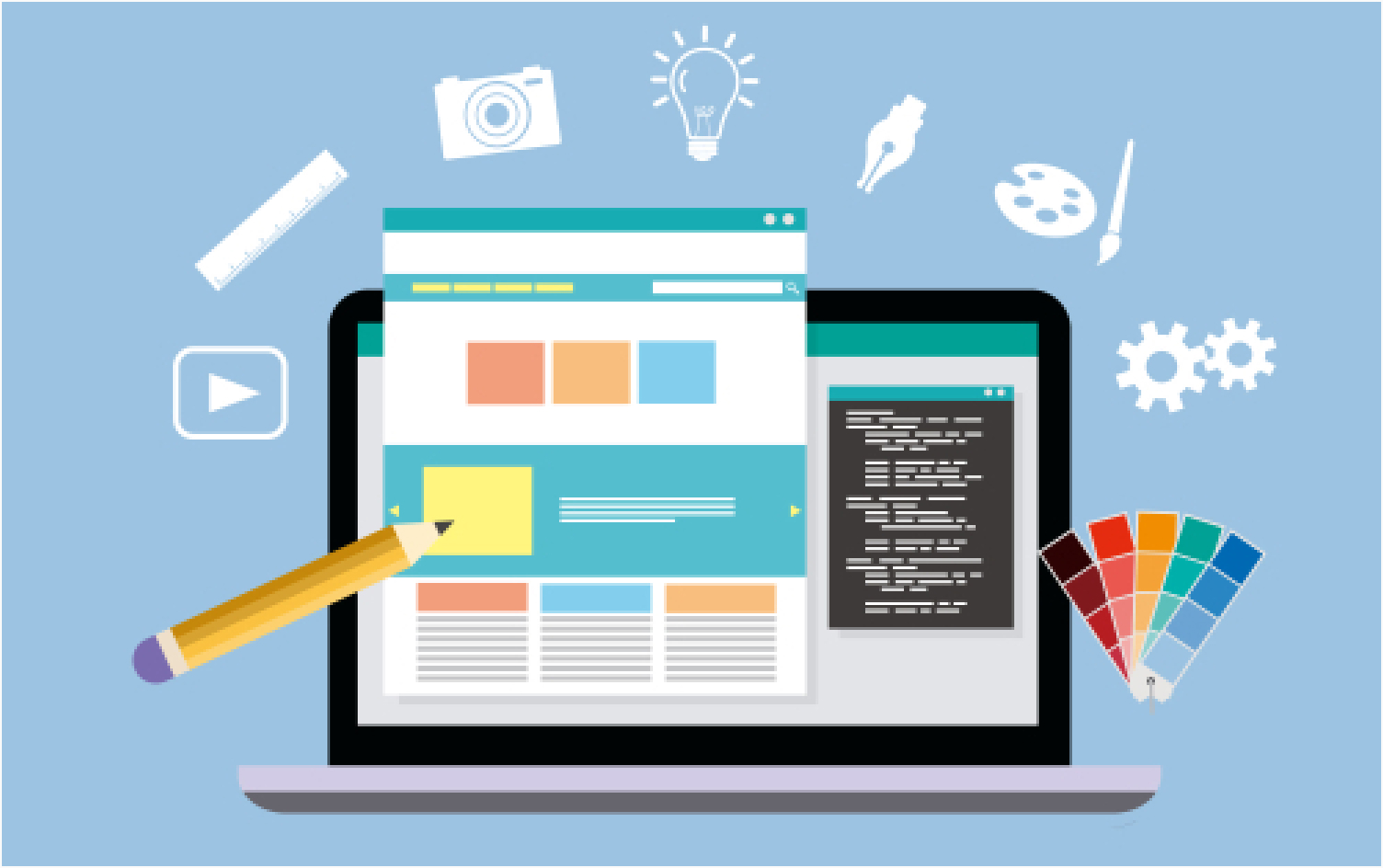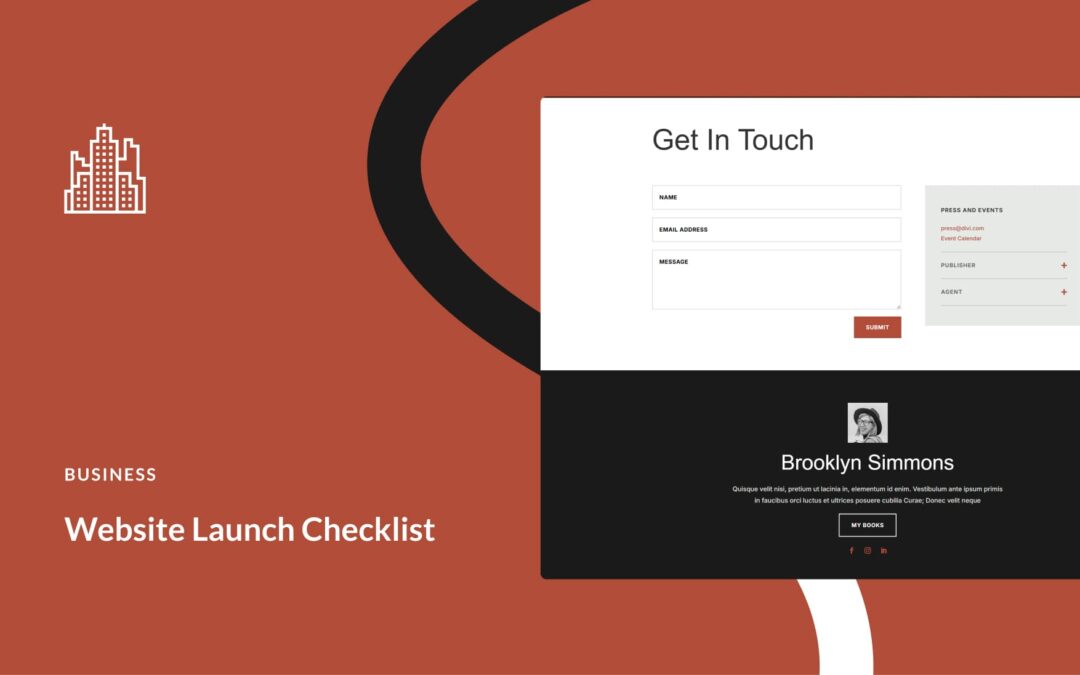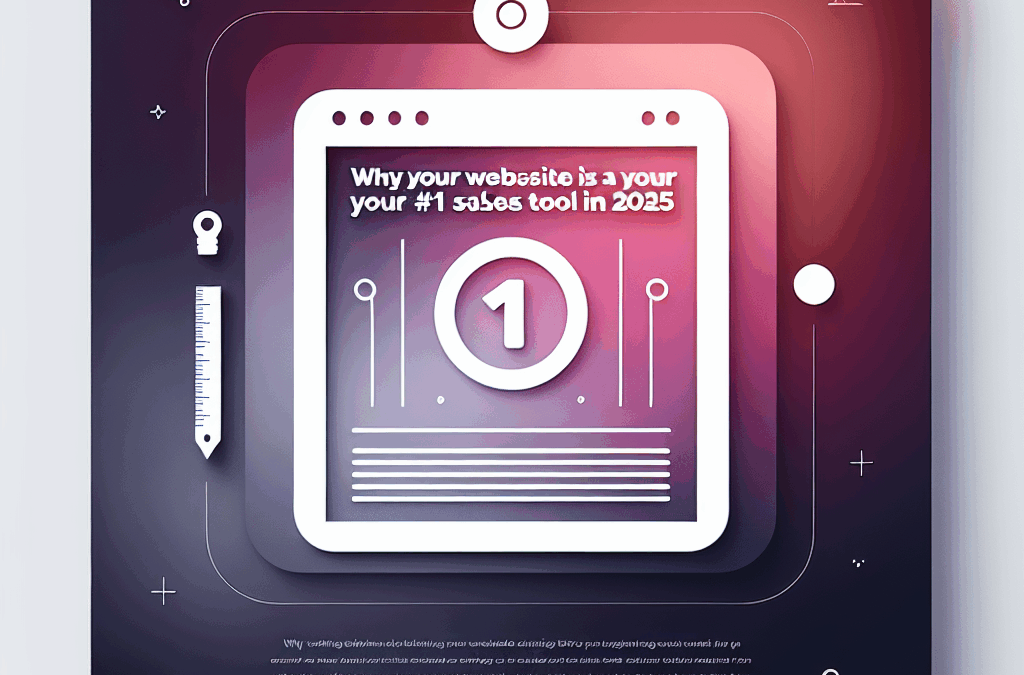website design rfpHOW TO WRITE A
WEBSITE DESIGN RFP
(REQUEST FOR PROPOSAL)
In this article we shall outline what you need to know about a website design RFP (request for proposal). We shall also give some pointers and tips to consider when making a website design RFP, what is required, benefits, other options, and more.
Introduction to Website Design RFP
A Website Design RFP (request for proposal) is a formal business document containing details about a website redesign project. This is used to solicit bids from web design agencies, to determine if they are a right fit, and to provide a means for understanding the capabilities and compatibility between each other. A properly written website design RFP makes project goals clear, clarifies criteria for web design agency selection, provides a list of required functionality, and sets expectations.
Parts of a Typical Website Design RFP
A typical website design RFP contains the following sections:
1. Project Overview / Summary
- This section briefly describes your company and why you are sending out a website design RFP.
- If you have an existing website, the issues experienced by you and your clients are listed here. An honest and specific evaluation of your current website is very helpful.
- An example would be having difficulty in attracting new clients because your website is not appearing in web searches.
- TIP: It is good practice to mention your budget in the project overview to initially set expectations.
2. Company Background
- The goal of this section is to briefly introduce your company, your industry, and your customer demographics.
- TIP: Include a link to your current website if you have one. Include links to your social media profiles as well if available.
3. Project Goals
- A description of your website’s goals should be listed in this section. Specifically, the primary objective of your website and any secondary objectives.
- Examples would be: Primary: To attract more prospective clients and eventually close sales, Secondary: Website to serve as information source for product / service.
- TIP: Recognize the problem(s) in your existing site (if you have one).
4. Project Scope, Functionality Requirements and Deliverables
- This section describes required core functionality and optional features for your new website.
- This section also contains a list of required web design and development services like branding, project management, copywriting, search engine optimization, content migration, image and video sourcing, front and back-end coding, and others.
- Deliverables may include typography and color style sheets, high resolution images, and vector graphics among others.
- TIP: Unsure of what you need? Try looking around at other websites and use them as reference for functions and features. Include links to these websites.
5. Sitemap
- A list of the pages in your new website is listed in this section. This is essential for a web design agency to properly evaluate and provide an informed estimate.
- For companies with existing websites, not all pages from the old website need to be carried over. New pages might also be added.
- TIP: Not sure what pages you need for your new website? Experienced and seasoned web design agencies will be more than willing to help you.
6. Timeline and Milestones
- This section contains the target website launch date. Consider the size and complexity of your new website, the amount of data or information needed to be migrated, number of functions, number of page templates, and your availability and involvement during the development phase.
- TIP: Set a realistic timeline. A web design agency can determine if they are capable in meeting your requirements
7. Website Inspiration and Examples
- This section contains links to websites that may or may not be within your industry. List down websites and describe what you like or dislike about them.
- Describe functionality that you like or need for your new website.
- TIP: Be specific, ie. “We like the colors used… We love the animation in the about us page… We dislike the images… etc.”
8. Budget
- This section describes your budget for a website project. You budget does not need to be specific, a range or “ball park” estimate can work too. This is important because web design agencies need to determine if the functionality and work required for your new website matches your budget.
- Aside from the website development budget, you can also list down budgets for ongoing website maintenance, SEO, or continued tech support.
- TIP: Most web design agencies can provide alternative functionality and options to fit a given budget.
9. Specific Requests
- In this section you may list other requirements such as web design agency background information, company history, people or teams involved, experience, links to portfolio and previous projects, and client references among others.
Other Essentials
Aside from the above mentioned parts of a typical website design RFP, additional information which are essential include:
1. Contact Information
- Specify within the website design RFP where the proposal response should be sent and who to contact if there are additional questions and clarifications
2. Proposal Reply Timeline
- Specify within the website design RFP a deadline for proposal responses and a date when web design agencies can expect to hear back from you. Also include the date when the RFP was sent out
Pointers on Finding The Right Web Design Agencies to Send Your RFP
Below is a list of best practices to help you find the quality candidates:
1. Do a Google Search
- Just as you wouldn’t trust an overweight personal trainer or a skinny chef, you should probably never trust a web design agency with an ugly looking website or an SEO specialist who doesn’t rank well on Google. If an agency is on the first page of a Google search (non Ad listing) then it means they know what they are doing.
- TIP: Try searching Google for “San Francisco Web Design” or “California Web Design”. (Disregard sponsored Ad search results)
2. Read Reviews and Testimonials
- After doing a Google search, check out their individual reviews via Google reviews or Yelp reviews
3. Limit The Number of Candidates
- Sending a website design RFP to no more than three(3) select agencies can reduce the amount of stress in reading through tons of information.
4. Check the Websites of Your Selected Agencies
- Prior to sending a website design RFP, it is a good idea to first visit the websites of your prospective web design agencies. Aside from making sure that their website and portfolio projects are in tip top shape, they may also have deals like a No Cost of Future Obligation Free Mockup Offer.
- You may also conduct an initial Q&A with your prospective agencies to discuss your intention of sending a website design RFP and your expectations.
5. Check Social Media and Ask Your Peers
- Add a social media search to your Google search and/or ask your peers about their experience with your prospective web design agencies.
6. Need to Shop Price?
- Do not use a website design RFP to shop for price. Web design agencies invest time and effort going through tons of RFPs and use their resources to come up with a proposal to meet your requirements. Instead, why not check their website for a pricing guide or give them a call or send a message.
Conclusion
A Website Design RFP (request for proposal) is a formal business document that notifies a web design agency of a project availability, describes the project and its requirements, and lets potential agencies know what information to respond with. It determines if a web design agency is a fit for your requirements and budget.
In this day and age where people are busy all the time, including you. It is noteworthy to mention that a brief and concise website design RFP should be straight to the point, clear, concise, and thorough.
We will design a Free Custom Mockup of your new website before you sign or pay for anything. We create your design, at no cost and with no obligation. There is nothing to sign, and no credit card information is taken. If you like the design, we can then move forward in working together. If not, there are no hard feelings and no further obligations. So, if that sounds like something that might be of interest to you, click the link below.
Web Design

